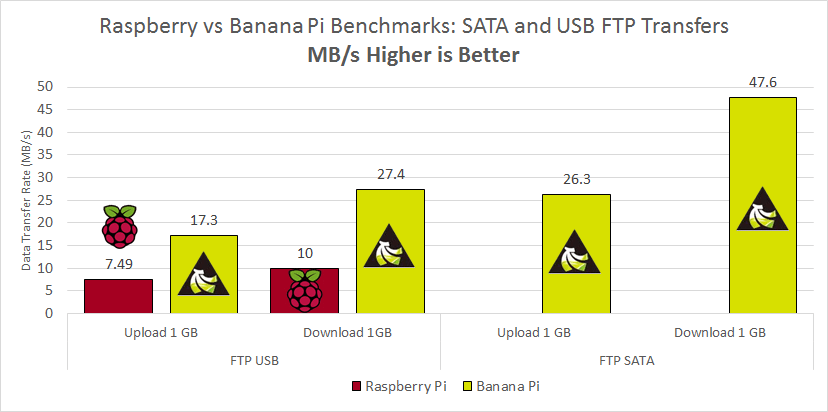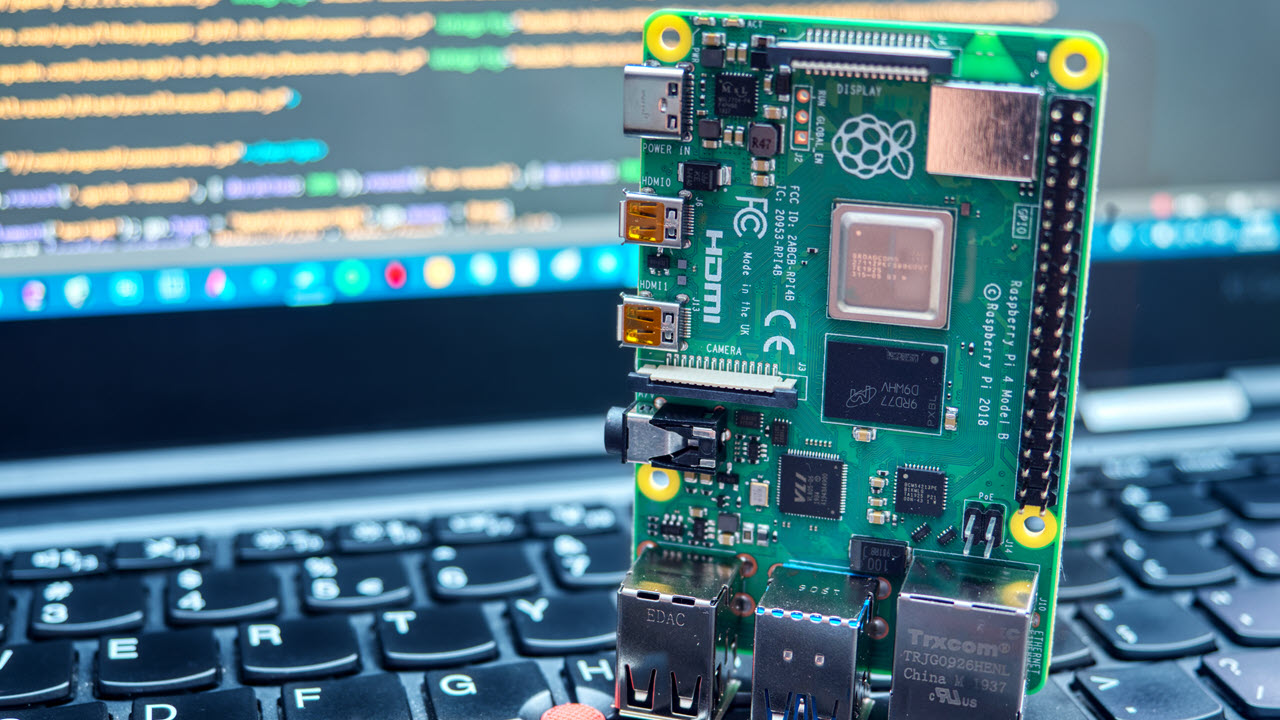
The RPI in and of itself is not worth using to do virtual currency mining on by itself. I will step up and answer the Raspberry Pi question too. Well, at least we're having a good amount of information / data coming out so the next people that read this will have a good idea on what to do with their RPIs if they want to do any mining.

Which means you'd have to rely on those ASIC miners that are connected via the USB port hub or even a dedicated mining rig that is connected via the UTP network connector (RJ-45 jack / Ethernet). As I see to remember, the VideoCore IV in the Pi doesn't support it in hardware (OpenCL version 1 or 2). While your system may have OpenGL support of some sort, it's more than likely doesn't have OpenCL 1 & 2 support for the GP-GPU (VideoCore IV) which would allow you to get okay to medium hash rates. GL is for graphics and CL is for mathematical and scientific calculations. Where as GL means Graphics Language and CL stands for Compute Language. Both OpenGL and OpenCl can be used for SHA256d hashing, but OpenCl is used much more frequently. The one thing I should probably answer on is about the difference between OpenGL / OpenGL-ES and OpenCL. Of course, until we have solid MH/s and actual at-the-wall wattage numbers it's very difficult to say if, at scale, a cluster of $35 Raspberry Pis could compete with other setups on initial price or power cost. Since the needs of are very similar (but not identical) to Bitcoin's, it's probably not a stretch to say that if CPU mining (admittedly with a fairly nice CPU) is 5x more efficient, the Raspberry Pi doesn't look like a strong contender. I don't have exact numbers, nor the necessary knowledge to compute an estimate, but I can tell you that the folks already discussed this and came to the conclusion that an AMD Phenom II X4 940 was almost 5 times as efficient for their needs as utilizing both the CPU and GPU of the Raspberry Pi. Since the primary benefit of GPU mining is that you can run many parallel processes on the hundreds of cores typically found in most GPUs, the single-core nature of the VideoCore GPU undoes most of that benefit.
#Usb 3 transfer rate raspberry pi series
The Raspberry Pi uses the VideoCore IV series of GPU, which to my understanding are either a single or dual core GPU running at or around 700 MHz. I think you need to provide an SD card too.

Note: The price of $25 or $45 excludes a way of powering it (via MicroUSB), a keyboard, a mouse and likely a USB hub.

Overall real world performance is something like a 300MHz Pentium 2, only with much, much swankier graphics." That is, graphics capabilities are roughly equivalent to Xbox 1 level of performance. The GPU is capable of 1Gpixel/s, 1.5Gtexel/s or 24 GFLOPs of general purpose compute and features a bunch of texture filtering and DMA infrastructure.

#Usb 3 transfer rate raspberry pi software
Has anyone tried running mining software on it? If so, what's the hashrate like? (apparently the CPU is approximately equivalent to a P2 300MHz - I know the hashrate will be very low!)Īlso, can the GPU be used to mine? What's the hashrate for that, if it's been done.įrom the FAQ on the above linked site: " The GPU provides Open GL ES 2.0, hardware-accelerated OpenVG, and 1080p30 H.264 high-profile decode. A Raspberry Pi is a credit card sized $25 (or $45, for the deluxe option) computer, designed for educational use.


 0 kommentar(er)
0 kommentar(er)
